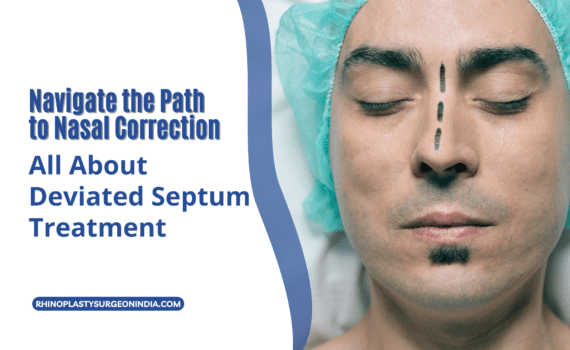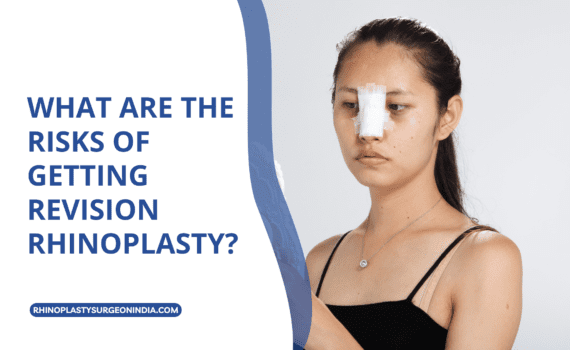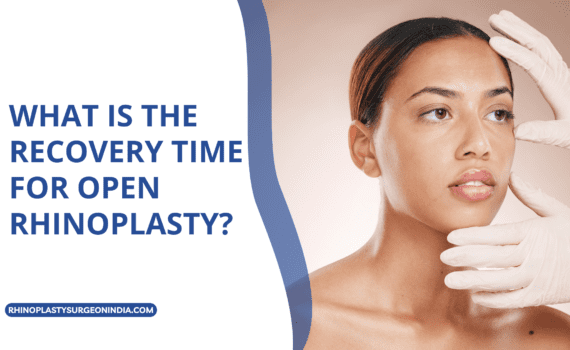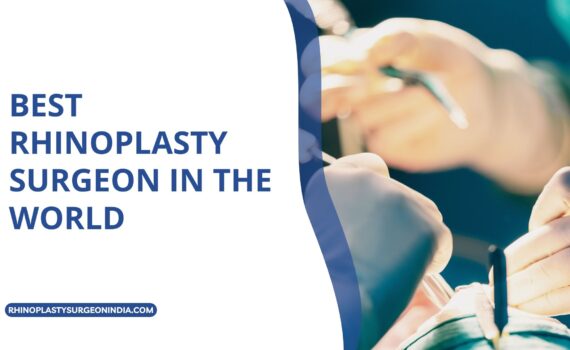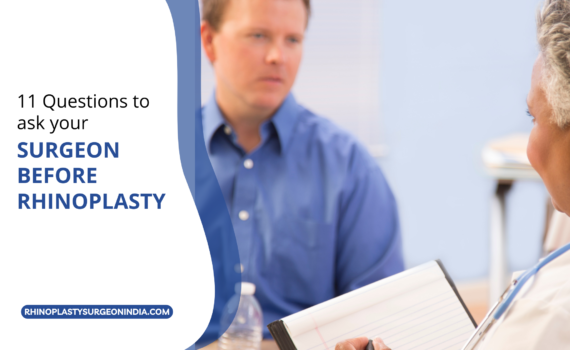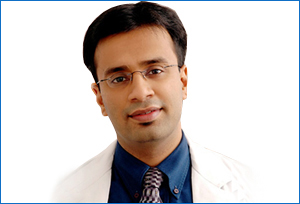Tags : nose job rhinoplasty rhinoplasty surgeon
The nose is the central feature of the face; it is right in front and center. Asymmetry or bumps in the nose can alter how your face looks, or if there are any irregularities in the function of the nose, it can cause breathing issues and be very distressing. Rhinoplasty is a simple and fantastic way to get your nose back in shape (in both aesthetic and functional ways) and brings balance and harmony to your features and confidence in your looks. But, of course, rhinoplasty is also done for other reasons such as repairing an injury or just revision surgery.
Since nose surgery is a complex and intricate surgery, it needs delicate handling from the surgeon’s side, and therefore it is natural to expect some nervousness and doubts. Surgery can be a scary experience, especially when making changes to your face. Consequently, you must ask as many questions as possible with the rhinoplasty surgeon and clear all your doubts. It is a known fact that knowing what will happen during the operation can significantly reduce uncertainty and also help the patient plan the surgery. It also makes the patient feel safer and more confident.
Here is a list of 11 important questions to ask your surgeon before rhinoplasty to make the procedure and recovery more effortless.
1. What are the qualifications and track record of the surgeon?
Selecting a good rhinoplasty surgeon is one of the most critical factors of a successful rhinoplasty surgery. It’s your face and you don’t want to take a risk. Make sure to enquire about your surgeon’s exact qualifications. Are they certified by the concerned agencies? Do they have the additional capability to perform rhinoplasty surgery? Do they have experience in performing nose surgeries and have they done enough surgeries in the past to address your concern? You can also cross-check the surgeon’s accreditation online and get reviews from previous patients. A less experienced surgeon might charge you less, but they will also not get the results.
Can they show you the before and after photos?
Request to see the before and after photos of the previous patients. Any good surgeon or facility will be able to share this information with ease. You can also see back and after pictures of your concern; for example, if you are seeking a tip surgery, then before and after photos of tip surgery of past patients will give you a better vision. This access will also give you an idea of the surgeon’s style and technique.
Do I know what I want, and will I get it from rhinoplasty?
There are very few restrictions on who cannot get a rhinoplasty but your conversation with your surgeon should talk about your expectations. Your face is unique, and every rhinoplasty is personalized after summarizing your medical history, anatomy, and goals. This will help you make an informed decision about what you want and what can be achieved. When going in for the first consultation with the surgeon, take some ideas about what you want and don’t want and some reference photos if you have any. This will create a starting point with the doctor and give him an understanding of what changes are essential for you, and then he can guide you accordingly. Ask your surgeon about 3-D software that gives you a real-time idea of the difference the nose job will make in your facial features.
Does your surgeon have experience in nose reshaping in your ethnicity?
Ethnic rhinoplasty is an essential aspect of a nose job. Each person has some classic facial characteristics depending on their ethnicity. Therefore, what calculations work for a Caucasian nose will not work for an Ideal nose? Therefore, before you finalize a rhinoplasty, ask your surgeon about her experience in the context of your ethnic background. This will ensure that the results of your rhinoplasty will be subtle, refined, natural-looking, and aesthetically pleasing. In addition, your surgeon will be able to ensure that your goals align with the surgical results. For this, the surgeon must understand the complex anatomy of the nose and the need to maintain both form and function. Best nose plastic surgeons in India have extensive experience in facial surgical procedures and the artistry to get the most natural-looking results.
Open or closed, which surgical technique will be used?
Rhinoplasty surgery can be done using two techniques open rhinoplasty or closed rhinoplasty. The technique selection depends on the changes you want, the surgeon’s comfort and experience, and your facial framework. The type and extent of reshaping also go a long way in selecting the right approach for your rhinoplasty. There are pros and cons of each technique in terms of outcome and aftercare.
What type of rhinoplasty will give you the desired outcome?
There are different types of rhinoplasties, and each meets another goal. The surgeon can one or more types of rhinoplasties to give you the desired results. The common types of nose jobs include
- Structural rhinoplasty is done to improve the shape and size of the nose. This is done by removing excessive tissue and bones or adding a graft to replace, reshape, or reinforce the nasal structures. This is usually done in an open approach for better access and manipulation.
- Preservation rhinoplasty is focused on preserving the nasal tissues and reshaping and repositioning the nose. This nose surgery is done by the best nose plastic surgeons in India to maintain the natural aesthetics of the nose reshaping and improve its appearance.
- Functional rhinoplasty aims to improve the function of the nose, such as correcting the deviated septum to improve breathing.
What is liquid rhinoplasty?
Liquid rhinoplasty is a non-surgical type of rhinoplasty that can be used to contour the nose shape temporarily. This type of treatment uses dermal filler and surgical threads to treat the structural defects of the nose. Liquid rhinoplasty is popularly used to correct the appearance of a dorsal hump and downward pointing tip. These treatments last 6-12 months and must be repeated for continued results. Liquid rhinoplasty cannot correct any functional defects in the nose, but it is a great way to see the changes a cosmetic rhinoplasty can bring to your face.
What is the revision rate of rhinoplasty patients?
Revision nose surgery is done on patients who are not happy with the results of the previous surgery or need more corrections in the first procedure. The revision rate is usually less than 5% in any good practice. However, sometimes a cosmetic nose job can cause a breathing problem or bring it forward; in that case, further revisions are required to improve the breathing. Ask the surgeon about his particular revision rate.
What is revision surgery?
The healing process varies from patient to patient and sometimes you might not be happy with the immediate results of rhinoplasty, but they improve over time. But what happens when the results don’t give the desired outcome? Then you will require a revision. Keep in mind that you will be making a revision decision only after the effects of the previous ones are visible. Sometimes minor concerns can be resolved even without a revision. Please discuss with your surgeon the eventualities that their facility covers.
What will be my recovery time, and how much time should I take off from work?
This is an important question to ask as the recovery period depends on various individual factors. In some patients, the recovery is in less than six weeks; in others, it might take time because the degree of work done is higher. The rhinoplasty surgeon will be your best guide for the norms of recovery and even give you tips to expedite your healing. A general timeline of healing is as follows.
- Week 1: removal of the nasal splint, but still visible bruising and swelling
- Week 2: less swelling and bruising
- Week 4: facial swelling subsidies, the breathing improves and results begin to show.
- Week 6: The patient is back to regular work and workout life, and bone healing is also done
- Month 3-4: Results begin to show very clearly. The area has no pain, swelling, or other abnormal sensations.
- One year and more: The skin shrinks to the new nose, and the final shape can be observed.
Here is a list of things that can affect the healing
- Not following doctor’s orders
- Previous trauma can delay the healing
- Thick skin, thin skin, etc., are common factors that act as limiting for the surgery.
What is the cost of the rhinoplasty?
An essential part of discussing your surgery is the cost of the surgery. The cost of a nose job varies with many factors such as the surgeon’s experience, your expectations, location, the technique used, healing time, etc. Some types of rhinoplasties are covered by insurance while others are considered purely cosmetic surgery. This is why talking to your doctor about the rhinoplasty surgery cost in detail is essential. Make sure you get a detailed breakup of the price and payment plans.
It is essential to keep your expectations realistic post-surgery. The reason for having rhinoplasty should be your own decision and not governed by Instagram celebrities and influencers or the opinions of others. Don’t compare your skin and nose to other models and friends. What works for others may work better for you. Take time to understand the procedure and ask as many questions as possible. Even after the surgery, keep in touch with the surgical team and communicate with them about any accidents or injuries to the nose. This will help in ensuring proper recovery. Attend all follow-up appointments.
